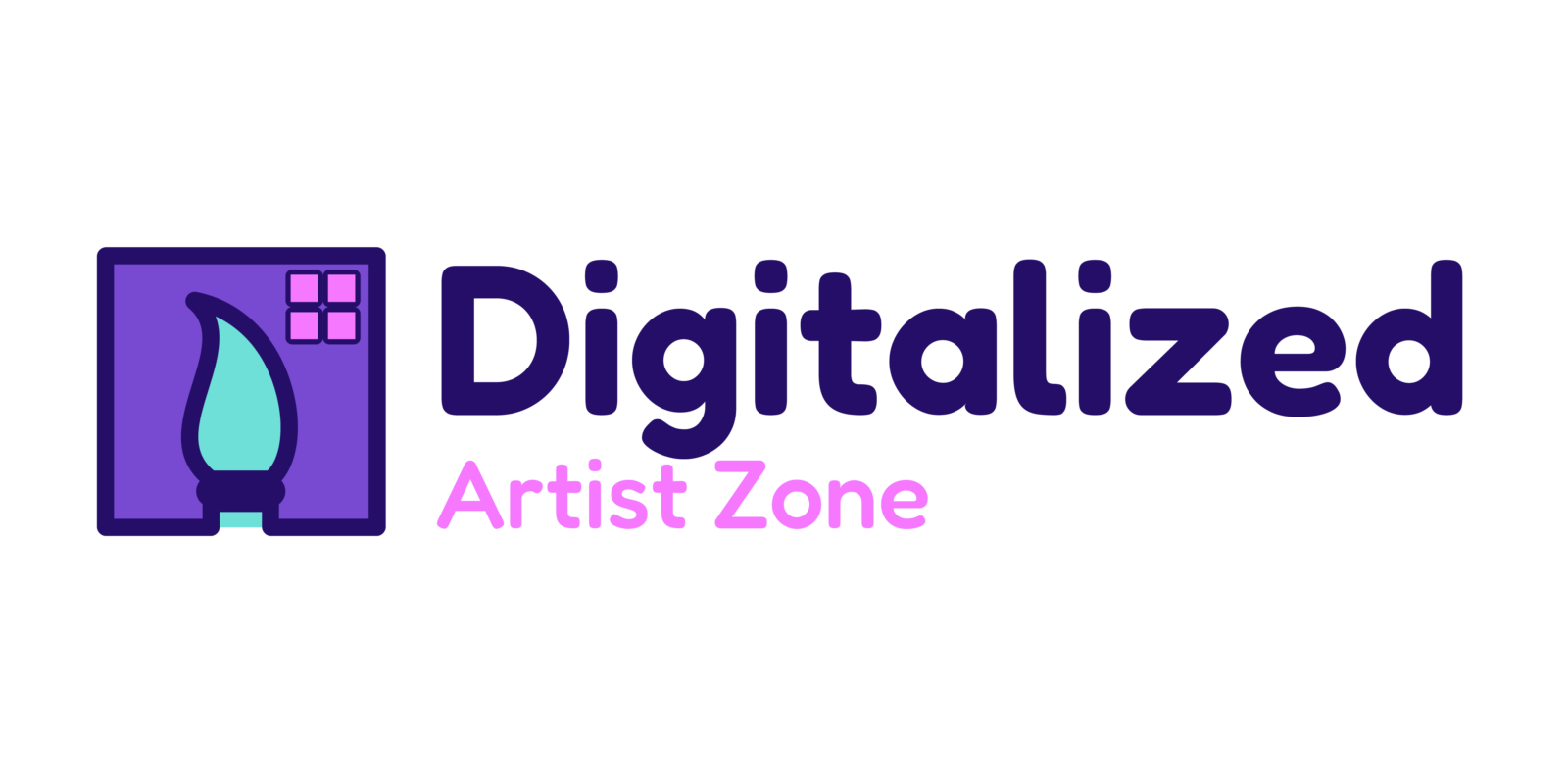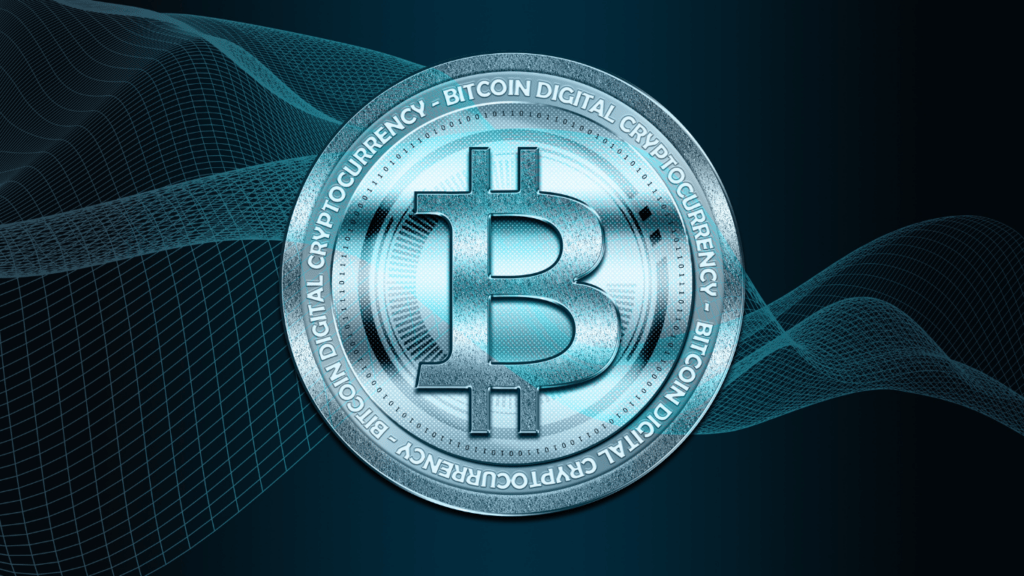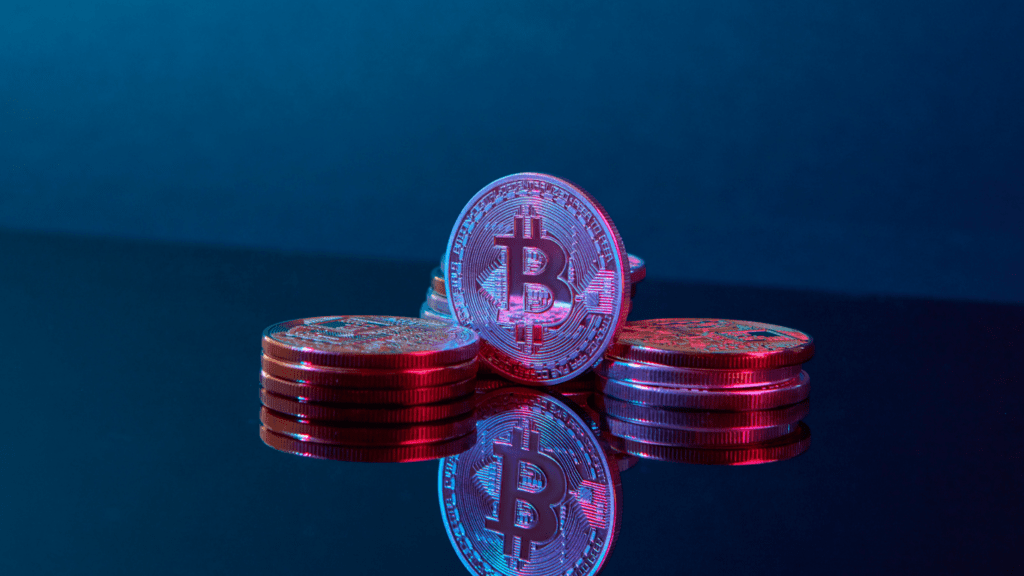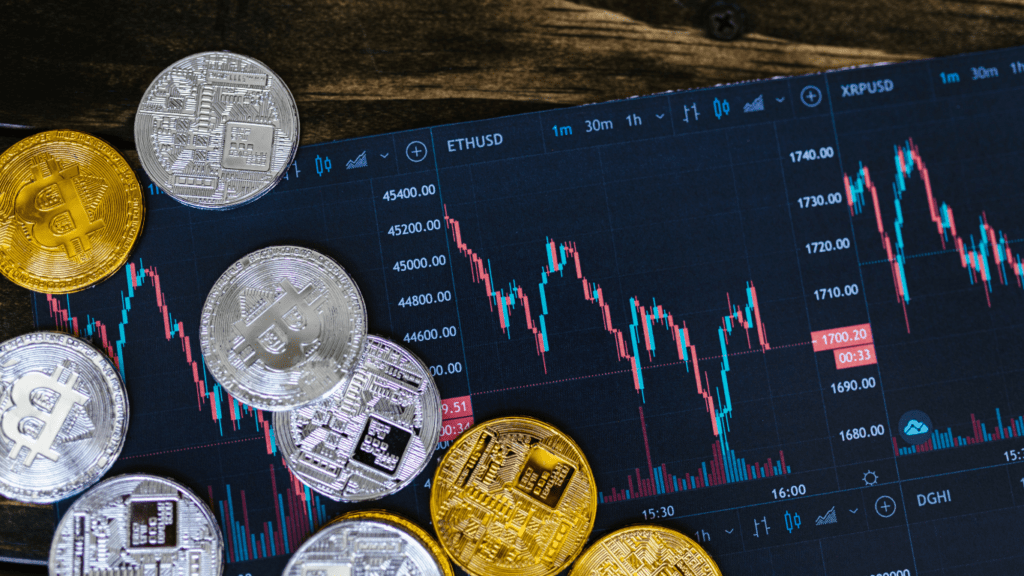Curious about the world of NFTs and eager to mint your own digital masterpiece? In this step-by-step tutorial, I’ll guide you through the exciting process of creating your first NFT. From understanding what NFTs are to actually minting one, I’ll cover it all in a beginner-friendly manner.
Navigating the realm of NFTs can seem daunting at first, but with the right guidance, you’ll soon be on your way to minting your very own non-fungible token. Whether you’re an artist looking to showcase your work in a new light or simply intrigued by the concept of digital ownership, this tutorial will provide you with the knowledge and tools to kickstart your NFT journey.
Exploring NFTs
Navigating the realm of NFTs can be both exciting and daunting, especially for beginners. Let’s delve into some key aspects to help you get acquainted with Non-Fungible Tokens (NFTs) before you embark on your journey to mint your first digital asset.
Understanding NFTs
To comprehend NFTs, imagine them as digital certificates of ownership or proof of authenticity for unique items. These tokens are indivisible and cannot be exchanged equivalently like cryptocurrencies. With NFTs, you can own digital art, collectibles, virtual real estate, and more in the digital space.
Ownership and Blockchain
NFTs are built on blockchain technology, providing a secure and transparent way to verify ownership and track the history of digital assets. Each NFT contains metadata that specifies details about the item, such as its creator, current owner, and any associated licenses or royalties.
Value and Scarcity
The value of an NFT lies in its scarcity and demand within the market. Scarcity can be enforced through limited editions or unique characteristics, contributing to the perceived value of the digital asset. Factors such as the creator’s reputation, historical significance, and cultural relevance also influence the value of an NFT.
Digital Ownership and Licensing
Owning an NFT grants you specific rights to the associated digital asset. However, it’s crucial to understand the terms of the licensing agreement that comes with each NFT, as they can vary significantly. Some NFTs may allow for commercial use, while others restrict usage to personal enjoyment.
By familiarizing yourself with these fundamental concepts of NFTs, you’ll be better prepared to navigate the world of digital ownership and create your unique place within the burgeoning NFT market.
Getting Ready to Mint
To mint my first NFT, I need to ensure I’m well-prepared before diving into the process. Here are the essential steps to get ready:
Setting up a Wallet
To mint my NFT, I’ll first need to set up a digital wallet. This wallet will store the cryptocurrency needed to pay for gas fees associated with minting the NFT. Popular options for digital wallets include MetaMask and Trust Wallet. By setting up a wallet, I ensure I have a secure place to manage my funds for NFT transactions.
Selecting an NFT Marketplace
When getting ready to mint my NFT, choosing the right marketplace is crucial. Platforms like OpenSea, Rarible, and Foundation are popular choices for minting and selling NFTs. Each marketplace has its unique features and fee structures, so I’ll need to select one that aligns with my goals and preferences. Researching and comparing different marketplaces will allow me to make an informed decision on where to mint my first NFT.
Minting Your First NFT
To mint your first NFT successfully, follow these steps:
Creating Your Digital Artwork
When creating your digital artwork for an NFT, ensure that it is unique and of high quality. Think about what makes your piece special and appealing to potential buyers in the NFT market. Consider the medium, style, and theme you want to convey in your art.
Uploading Your Artwork
Once you have your digital artwork ready, choose a platform like OpenSea or Rarible to upload your creation. These platforms offer user-friendly interfaces for artists to showcase their work. Upload your art file, provide a title, description, and set any royalty fees if desired.
Setting Parameters and Metadata
When setting parameters for your NFT, consider aspects like the number of editions, unlockable content, and pricing. Add relevant metadata to your NFT, including details about the artwork, its creation process, and your artistic background. This information helps potential buyers understand the value and uniqueness of your NFT.
Promoting and Selling Your NFT
When promoting and selling your NFT, it’s crucial to strategize effectively to maximize exposure and attract potential buyers. Here are some key steps to consider:
- Marketplace Selection: I recommend choosing a reputable marketplace such as OpenSea or Rarible to list your NFT. These platforms have a large user base and can help increase the visibility of your digital artwork.
- Engage with the Community: Interacting with the NFT community through social media platforms, forums, and online events can help create a buzz around your NFT. Networking with like-minded individuals can lead to collaborations and opportunities for promotion.
- Utilize Metadata: Adding descriptive and relevant metadata to your NFT listing is essential for potential buyers to discover your artwork easily. Include details such as the inspiration behind the artwork, the medium used, and any additional insights that can add value to your creation.
- Establish Pricing: Setting the right price for your NFT is crucial for attracting buyers. Conduct research on similar artworks and consider factors like the uniqueness of your piece, your reputation as an artist, and current market trends to determine a fair and competitive price.
- Promote Your NFT: Utilize social media platforms, artist communities, and email newsletters to promote your NFT effectively. Engage with your audience by sharing behind-the-scenes insights, upcoming projects, and limited-time offers to generate interest in your artwork.
- Consider Limited Editions: Creating limited editions of your NFT can increase its perceived value and exclusivity. By limiting the number of copies available, you can create scarcity and drive demand among collectors.
By following these steps, you can effectively promote and sell your NFT, reaching a wider audience and maximizing the potential value of your digital artwork.





